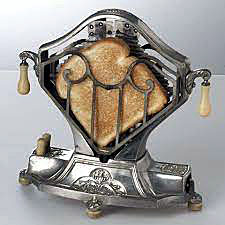
ANSWER: While what you read and see on T.V. about how the Victorians celebrated Christmas is often exaggerated, many of the holiday traditions we still practice today began back then thanks to Queen Victoria and Prince Albert. But one of the greatest influences on modern Christmas traditions was none other than Charles Dickens.
While he wasn’t the first writer to write about Christmas, and certainly not the last, he, nevertheless, brought a myriad of already popular traditions together in his novella A Christmas Carol.
With luck, there was snow. Twinkling, sparkling, clean, white, heart-warming old-fashioned snow. Nothing reminds everyone of an old-fashioned Christmas like snow—Dickens’ Christmas Carol had plenty of it, for this was the essence of a Victorian Christmas.

Dickens wrote A Christmas Carol during a period when the British were exploring and re-evaluating past Christmas traditions, including carols, and newer customs such as Christmas cards and Christmas trees. Both Dickens’ experiences of his youth and writings on Christmas by other authors, including Washington Irving, influenced A Christmas Carol. Dickens had written three Christmas stories prior to the novella, and was inspired following a visit to the Field Lane Ragged School, one of several establishments for London's street children. The treatment of the poor and the ability of a selfish man to redeem himself by transforming into a more sympathetic character are the key themes of the story.
Arrangements of fresh greens and holly, a pagan custom adapted by Christians, decorated Victorian homes. The color green came to symbolize the Christian belief in eternal life through Christ. Legend says that Jesus' crown of thorns was plaited from holly. It's said that, before the crucifixion, the berries of the holly were white, but afterward, they turned crimson, like drops of blood.


All of the above was fine and dandy for wealthy Victorians, but for the majority of people who worked long hours for subsistence wages—not unlike Bob Cratchet in Dickens’ beloved story—life was a daily drudgery and Christmas, for many, was just another day of the year, albeit one they had off.
A Christmas Carol captured the essence of the mid-Victorian revival of the Christmas holiday. Dickens had acknowledged the influence of the modern Western observance of Christmas and later inspired several aspects of Christmas, including family gatherings, seasonal food and drink, dancing, games and a festive generosity of spirit.
To read more articles on antiques, please visit the Antiques Articles section of my Web site. And to stay up to the minute on antiques and collectibles, please join the over 30,000 readers by following my free online magazine, #TheAntiquesAlmanac. Learn more about the "Antiques of Christmas" in the 2021 Holiday Edition, online now. And to read daily posts about unique objects from the past and their histories, like the #Antiques and More Collection on Facebook.


















































